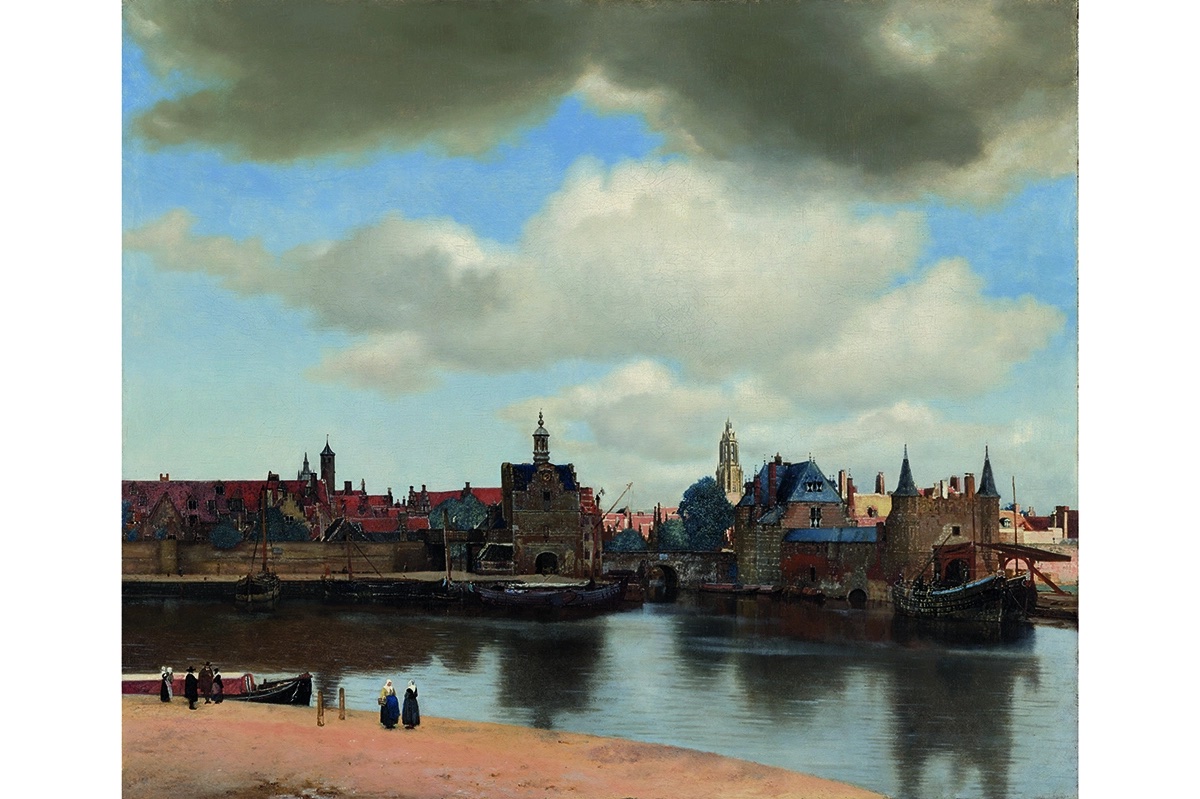Why is it that the world of critics, gallery-goers and art-lovers is so overwhelmingly enthralled by Johannes Vermeer? His subjects – quiet interior scenes with women writing letters or playing music – are hardly the stuff of radical innovation or surprise. He wasn’t even that original: his works often have a similar focus to those by his contemporaries from the Dutch Golden Age, from Pieter de Hooch to Jan Verkolje. Nor is his biography the perfect fodder for endless books and feverish interest. So little is known about the man, and his way of painting, that the moniker he was given by the French art critic Théophile Thoré-Bürger in the 19th century – ‘the sphinx of Delft’ – is still used today to imply his inscrutability, his opacity and his ambiguity.
Nonetheless, there is no question of the strength of his appeal: just two days after a blockbuster exhibition opened at Amsterdam’s Rijksmuseum

Get Britain's best politics newsletters
Register to get The Spectator's insight and opinion straight to your inbox. You can then read two free articles each week.
Already a subscriber? Log in







Comments
Join the debate for just $5 for 3 months
Be part of the conversation with other Spectator readers by getting your first three months for $5.
UNLOCK ACCESS Just $5 for 3 monthsAlready a subscriber? Log in